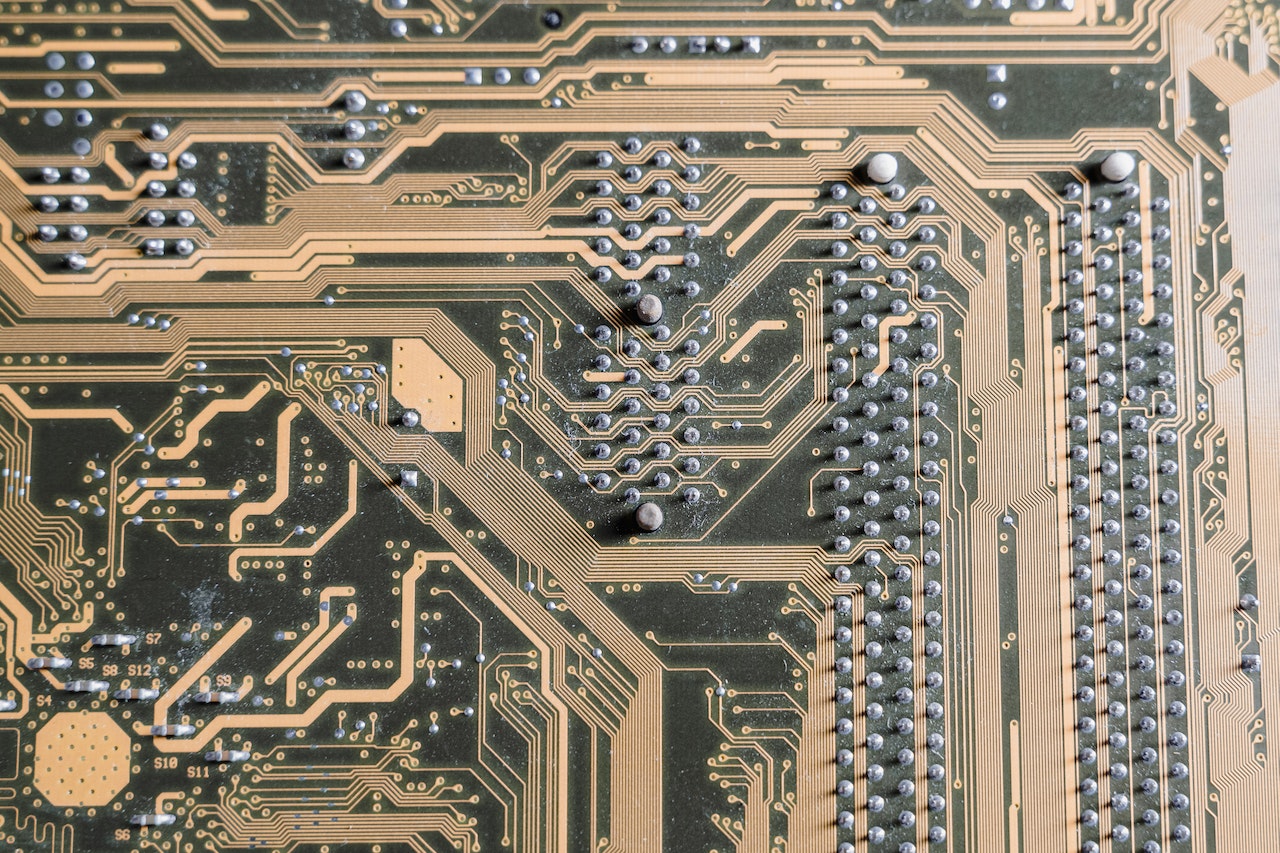Gallium Nitride (GaN) transistors are set to replace silicon transistors as the semiconductor of choice. This is due to its many superior properties, and the technology is beginning to be produced at standard semiconductor manufacturing plants.
GaN semiconductors have better power conversion, can handle higher voltages, and can turn on and off more quickly than those made of silicon. As a result, designers of flatscreen TVs, automobile systems, gaming consoles, and consumer electronics such as washing machines, inverters, and motors, are getting on board integrating GaN into their technology.
GaN A Boon to Alternative Energy
In addition, new power applications such as High-Voltage Direct Current (HVDC), Smart Grid Power Systems, Wind Turbines, Wind Power Systems, Solar Power Systems, and Electric & Hybrid Electric Vehicles will be redesigned with GaN technology.
GaN Systems, of Ottawa, Canada, a leader in the development of gallium nitride semiconductors, recently announced the world’s smallest 650V, 15A gallium nitride transistor that measures just 5.0 x 6.5 mm. According to Stephen Ohr, director of semiconductor research at Gartner, gallium nitride is a “new material that allows some applications that have not quite existed before.”
Next-Generation Satellite Communications & Space Systems
Finally, it is expected that GaN will provide a key technology for satellite communication and space systems. According to a report by Markets and Markets, GaN’s “unprecedented reliability at higher voltages and temperatures allow a 5 to 10 fold increase in communication signal strength without requiring active cooling systems.” The report estimates the market for GaN to reach $1.7 trillion by 2022.
Expect Elon Musk and Richard Branson to use this technology for their upcoming space-based communications systems.





